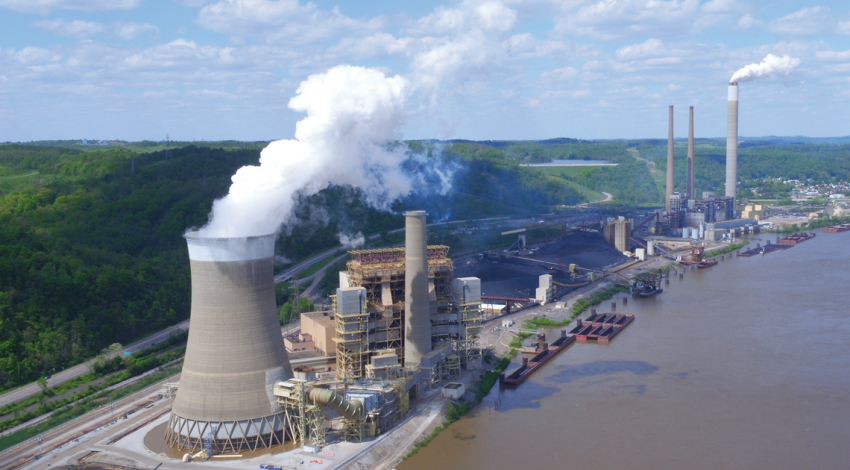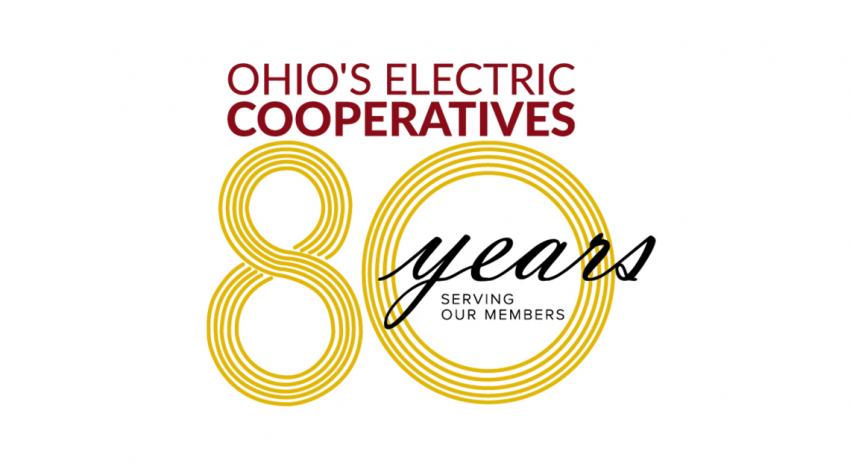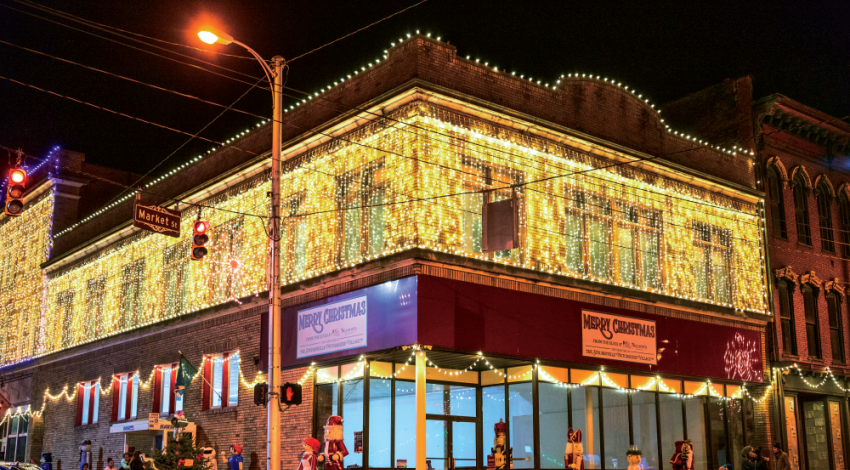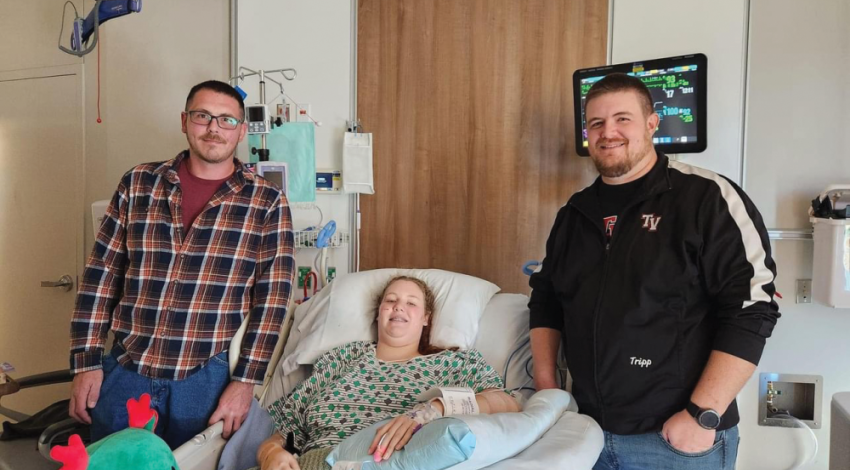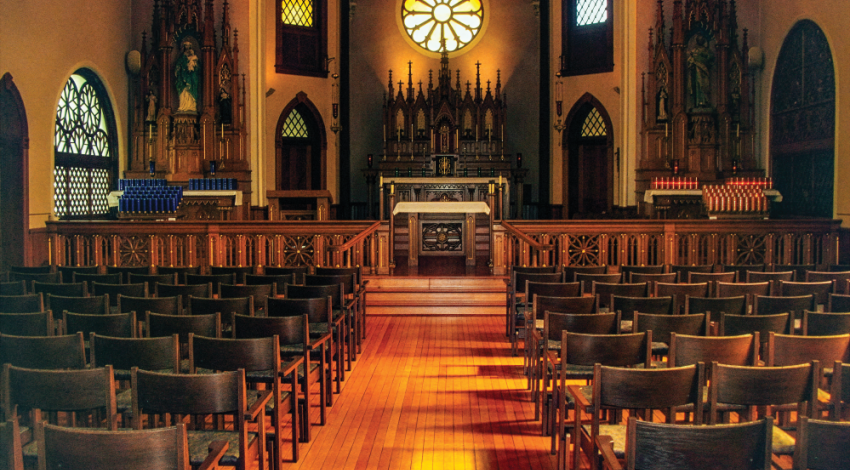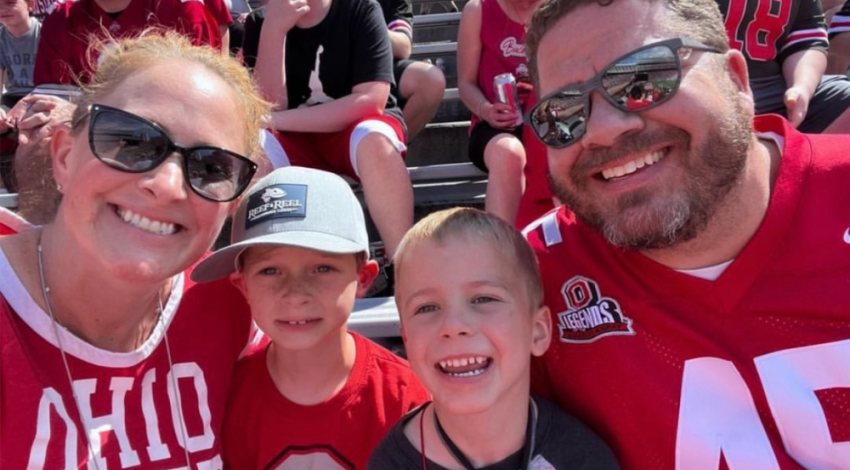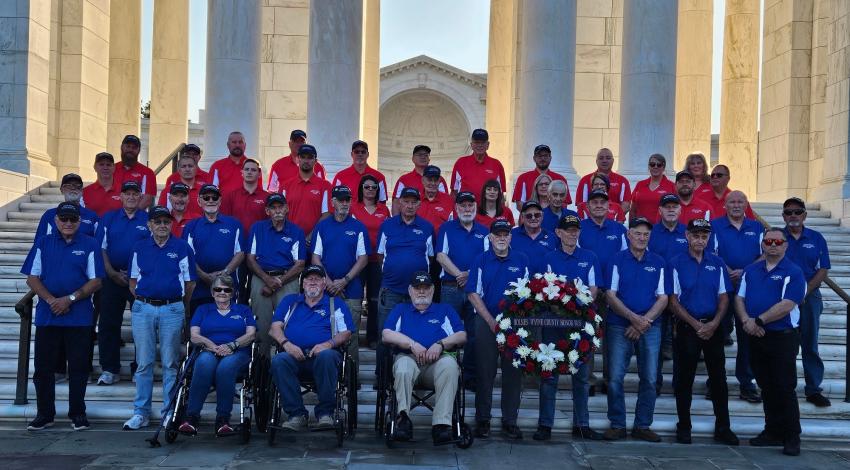Up Front
It’s clear that coal is no longer “king.” It’s also clear, though, as our associate editor, Rebecca Seum, explains succinctly in her story, that it’s still an essential element of a reliable power generation syste
The use of coal as a fuel source for electricity production has been on the decline because of increasing environmental requirements and the decreased costs for alternatives like natural gas and renewable generation sources. Concerns about the level of carbon dioxide emissions from coal generation further limit its future use, but the practicality and, yes, the reliability, of coal are undeniable. The truth of the matter is that fossil fuels, including coal, play an essential role in keeping the nation’s lights on.
Ready or not, we are quickly moving into a new era of plug-in electric vehicles (EVs). EVs first hit the U.S. market in 2010; today there are more than 1.5 million of them on U.S. roads, and that number is expected to keep growing, with millions more plug-in vehicles put in service in the next five years. The attraction of EVs include clean, quiet, high-performance operation, coupled with lower operating costs. EVs also offer the potential for major reductions in emissions from autos and trucks over the coming decades.
Ohio Cooperative Living readers know that Ohio’s 24 electric cooperatives are served by a Columbus-based organization known as Ohio’s Electric Cooperatives. OEC is composed of Buckeye Power, the wholesale power supplier for the state’s distribution cooperatives (including your local co-op), and Ohio Rural Electric Cooperatives (OREC), the statewide trade and service association that works on behalf of the local co-op. While Buckeye Power was formed in 1959, this year marks OREC’s 80th anniversary.
April 12 is Lineworker Appreciation Day, when we take time to honor the bravery and dedication of the people who do the dangerous work of keeping our lights on every day.
It’s easy to take the luxury and convenience of electricity for granted. It’s invisible and so reliably available that we seldom give it a second thought. Even after the devastation of those southern Ohio ice storms, we took comfort in knowing that once our workers got the lines restored, those lights would go right back on, thanks to a reliable source of electricity.
We state it frequently, but it bears repeating: Electric cooperatives are member-owned community resources, primarily tasked with delivering power that is affordable and reliable and is produced in an environmentally responsible manner.
One of the key takeaways from that is the term “community resource.” Co-ops aren’t only locally governed and managed; they’re economic powerhouses in their communities, fueling homes, businesses, schools, health care facilities — you name it — while also serving as local strategic partners. They provide both much-needed financial incentives and human capital to maintain, expand, and preserve local community resources.
Co-ops do much more than keep the lights on.
A new year is upon us. Change seems more welcome than in most years.
As we look forward to 2021, we hope for a lessening impact of COVID and a return to “more normal” social interactions. We will take away from 2020 lessons learned on remote and virtual events that provide us with new tools for business and life. The new presidential administration potentially signals a transition in the rules and regulations governing the energy sector, but regardless of the change that may bring, Ohio’s 24 electric cooperatives are poised to respond in the best interests of you, our members.
Looking back, I doubt that too many of us will think of 2020 as a great year. It was strange, sad in many ways, and long — 366 days, to be exact. That’s right: 2020 not only seemed long — it was long.
Many of us are happy to turn the calendar to 2021, but the last 12 months weren’t all bad. There were some bright lights in the electric cooperative world.
This has been a year of unexpected changes, unwelcome developments, and unforeseen adaptations. Like the 10 months that preceded it, November will likely bring more surprises. Sometime this month, we will likely know the results of state and national elections.
Despite these trials and tribulations, we are surrounded by so much to be grateful for as we look ahead. Our democratic system is tried and true — representative democracy ultimately works. Hardship and challenge brought neighbors together nearly 90 years ago to form our electric cooperatives, bringing light and power to rural America during the depths of the Great Depression. The “can-do” attitude of people and small businesses in our communities are helping us find new and often better ways to overcome the challenges of the day.

